
Warrior Care means more than expert medical treatment
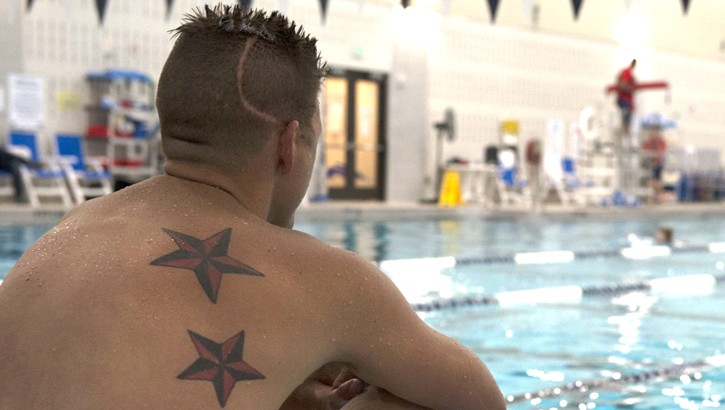
A sailor in the Navy's Wounded Warrior program at Naval Support Activity in Bethesda, Maryland, sits poolside after training. Recovery care coordinators who work within warrior care programs coordinate non-medical care for wounded, ill, and injured service members and provide resources and support to family members. (Photo by Petty Officer 2nd Class Christopher Hurd)
Service members who become wounded, ill, or injured can count on the Military Health System's unparalleled medical care. But that's only one aspect of their journey from recovery to rehabilitation and reintegration. Recovery care coordinators help align medical and nonmedical care, enabling service members and their families to utilize all the assistance available to them as they embrace their new normal.
"A lot of us just want to give back," said retired Navy Chief Petty Officer Joshua Arnold, a recovery care coordinator at Naval Support Activity, Bethesda in Maryland.
"We've seen friends, comrades in arms go through difficult periods after becoming ill or injured," Arnold said. "So there's always motivation to come to work and do the very best you can do, for as long as you can."
Recovery care coordinators, or RCCs, are embedded at MTFs and installations across the country. They work within the Army Recovery Care Program, Navy Wounded Warrior, Air Force Wounded Warrior Program, Marine Corps Wounded Warrior Regiment, and Special Operations Command Warrior Care Program.
Service members, families, and caregivers may be referred to the program by medical or administrative personnel, family members and even friends, said Jonathan Morris, program manager. They also can self-refer.
After enrolling in the program, RCCs work with individuals in coordination with their family members and medical providers. The RCC creates a plan by identifying each person's needs and goals, and the resources needed to achieve those. That might include assistive technology, education, housing, and employment.
"Communication is a big part of our job," said Patrick Figueroa, an RCC at Walter Reed National Military Medical Center in Bethesda.
"We communicate with the service member's medical providers. We communicate with their chain of command, and with their nonmedical care managers," said Figueroa, a former Navy Fleet Marine Force corpsman.
"And we communicate with their families, to make sure they know what's going on and are getting all of the services and benefits available to them," he said. "A lot of times we're able to shed light on something and say, 'That issue over there might not be getting resolved because of this issue over here.'"
The work can be emotionally exhausting but also rewarding. "One of the coolest things is when a family member says, 'Thank you so much for everything you've done' for their son or daughter or spouse," Figueroa said.
The population of service members using RCCs also includes those with invisible wounds, such as a traumatic brain injury. Figueroa recalls one case with a particularly gratifying outcome.
"A service member came into the program with combat-related post-traumatic stress disorder and was reluctant to do anything," Figueroa recalled. "But baby step by baby step, we were able to gain his trust and build a plan with him."
Within two years, Figueroa said, the service member medically retired and successfully transitioned into a high-paying career in the private sector.
Morris notes that service members might incur an illness or injury at any time while on active duty. Some will recover and return to full and restricted duty. Others will transition from the military to civilian status. And some may not survive.
"We see a lot of illness and with that, the abrupt impact it can have on family members," Arnold said. "But there's a lot of good in a service member comforted by knowing that after they're gone, their family is going to be OK."
Sandra Mason is director of the DHA's Recovery Care Coordination Program. "I've been doing this for 11 years," she said. "It's always reassuring to know that the service the RCCs provide is attentive, accurate, and beneficial. Wounded, injured, and ill service members can count on us to make their lives a little easier."
Read Mr. Thomas McCaffery's memo officially recognizing November as Warrior Care Month.
Warrior Care Month: Supporting the strength, resilience of service members
Article
11/14/2019
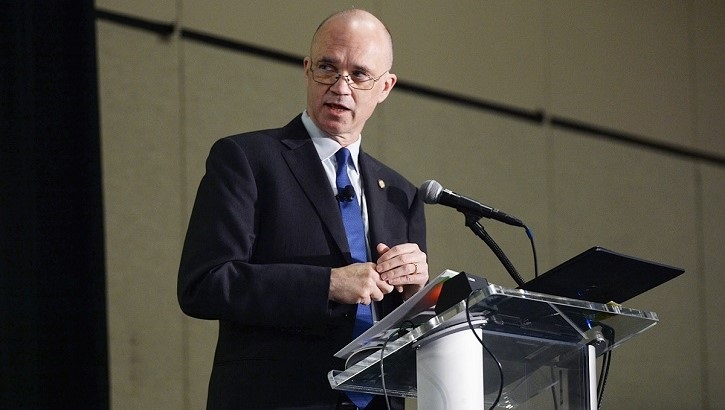
Journey to recovery, rehabilitation is a collective effort
Getting creative: Reducing opioid use for returning warriors
Article
11/5/2019

With the rise in opioid-related drug abuse and death, the Military Health System looks to complementary pain management treatments
Warrior Care Month Recognition
Policy
This memorandum from Mr. Thomas McCaffery, the Assistant Secretary of Defense for Health Affairs, officially recognizes November as Warrior Care Month, an important Department of Defense (DoD)-wide effort to increase awareness of programs and resources available to wounded, ill, and injured Service members, as well as their families, caregivers, and others who support them.
- Identification #: N/A
- Date: 10/25/2019
- Type: Memorandums
- Topics: Warrior Care
Soldier self-amputates leg to aid battle buddies
Article
10/9/2019
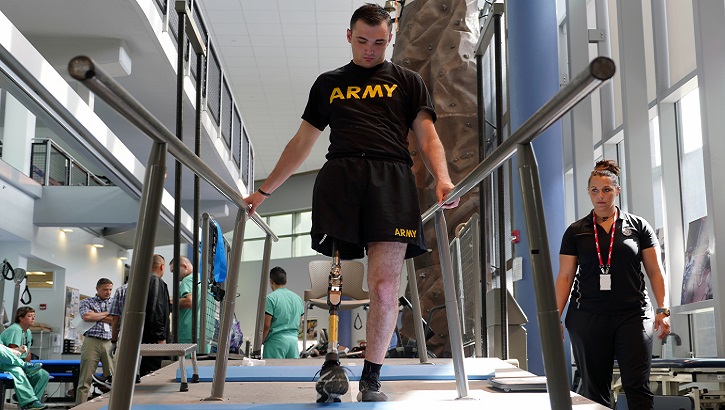
If I didn't help myself, my crew, no one was going to
Wounded Warrior Policy Review
Congressional Testimony
8/23/2019
H.R. 5515, NDAA Conference Report for FY 2019, 115-874, Sec. 717
Real Warriors campaign breaks barriers to psychological health care
Article
8/14/2019
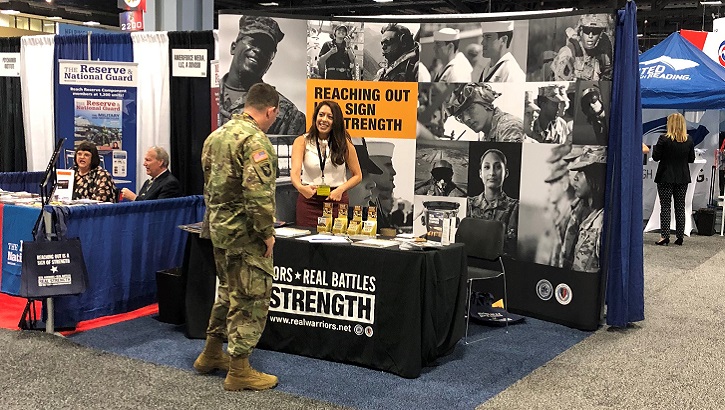
Real Warriors has connected with more than three million people in the past decade
DoD Compensation and Benefits Handbook for Wounded, Ill, and/or Injured Service Members
Article
8/6/2019

The 2019 edition includes changes to DoD disability compensation, TRICARE health plans, education benefits, and more
DoD Compensation and Benefits Handbook
Publication
7/16/2019
The purpose of this handbook is to provide Service members and their support networks with a reference guide to answer some of the most pressing questions that arise for wounded, ill, and/or injured Service members.
Dr. Cordts welcomes regional coordinators to training
Article
5/13/2019
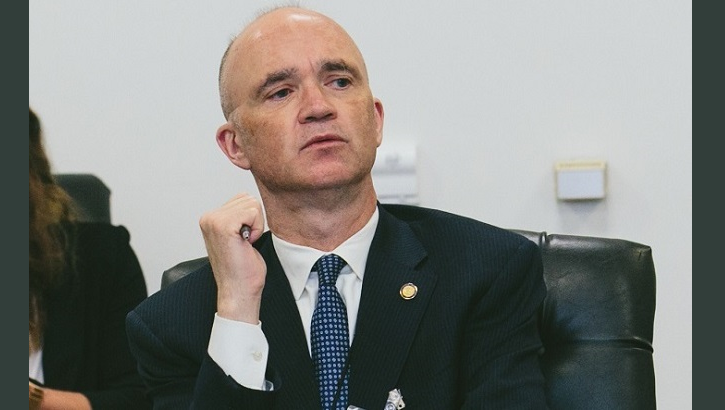
Programs and organizations that build relationships for service members and caregivers are critical
Breaking the pain cycle
Article
4/9/2019

Live in agony or risk addiction? MHS pain management initiatives offer options
Fourth annual Warrior Care in the 21st Century Symposium forges path ahead
Article
1/4/2019
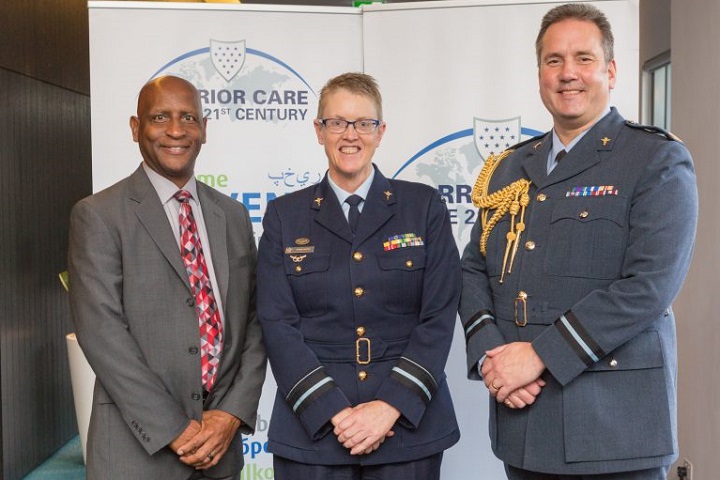
The WC21 coalition facilitates global sharing of best practices and lessons learned in medical and non-medical military health care
Resiliency as part of the healing process
Article
11/21/2018
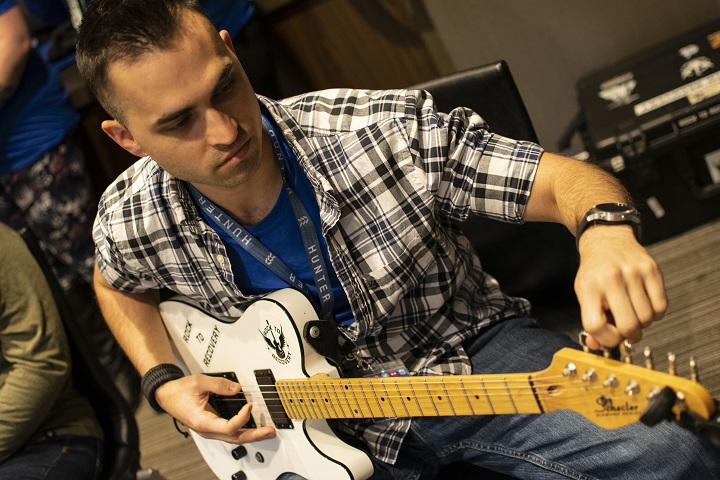
The Air Force Wounded Warrior Program kicked off its Northeast Region Warrior CARE Event at the National Harbor
There is help for anyone caring for a service member
Article
11/19/2018
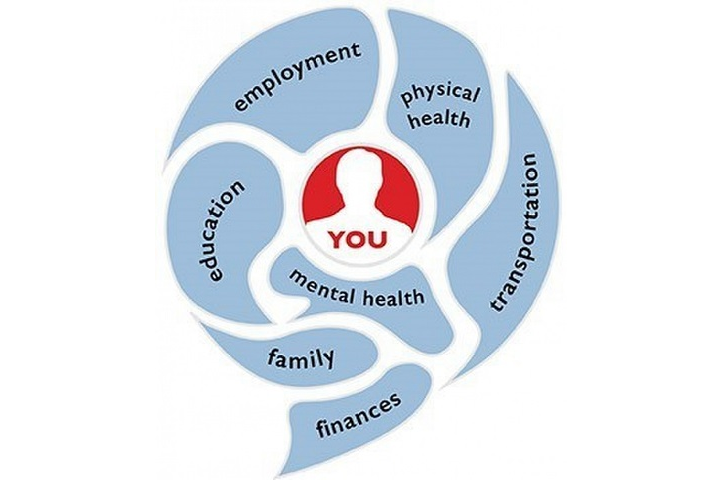
PEER Forums provide military caregivers a forum to share experiences and provide each other support
Labyrinth: This path is made for mindful walking
Article
9/27/2018

NICoE uses ancient symbol to promote healing
Soldier amputees have options for continued service
Article
9/17/2018
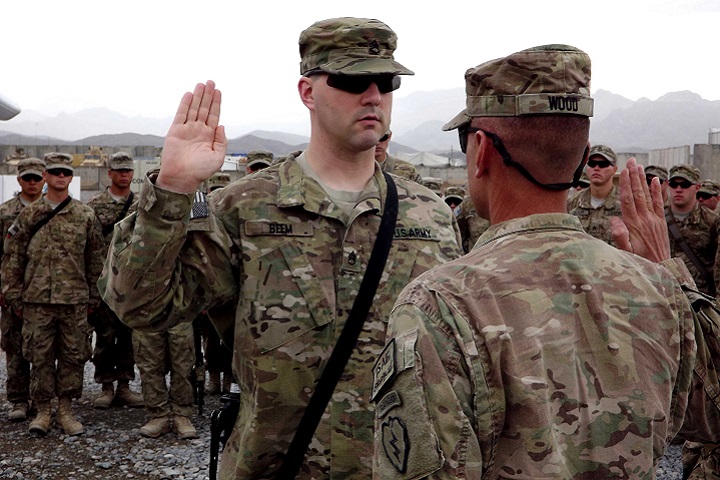
The will to serve alone is not enough to overcome the severity of their injury






















.png)











No hay comentarios:
Publicar un comentario